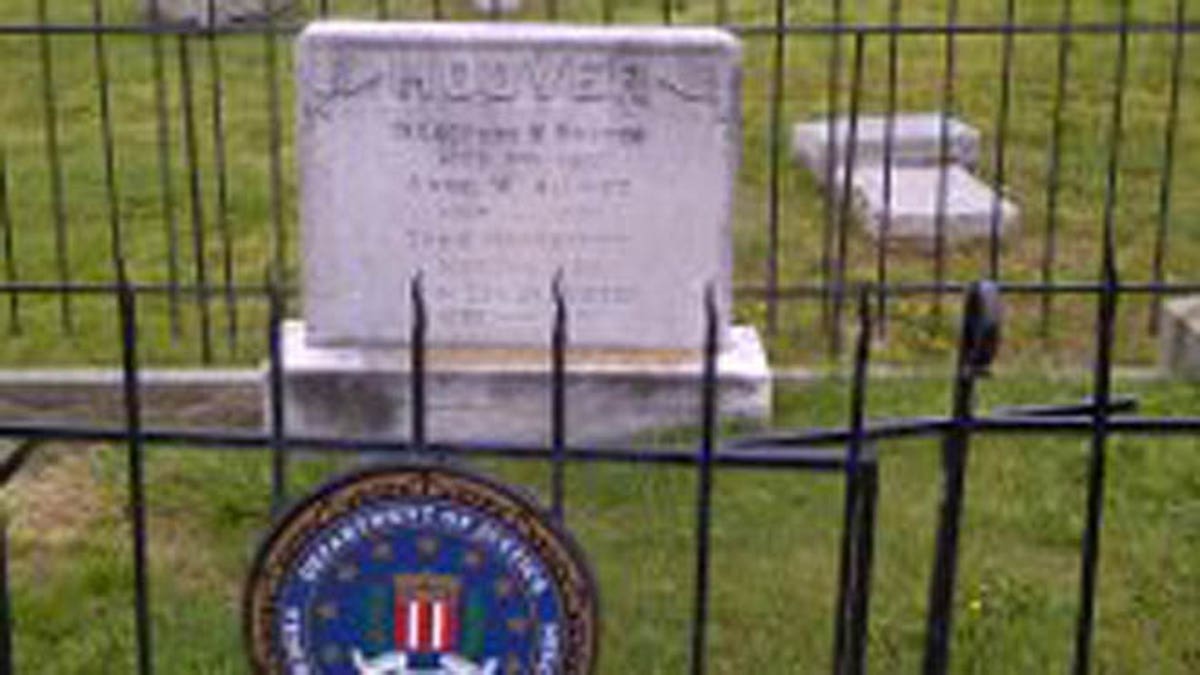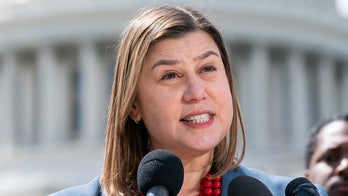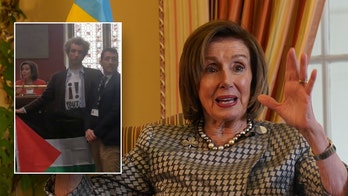
May 14, 2014: The headstone of J. Edgar Hoover, the first FBI director, at the Congressional Cemetery, Washington, D.C.
The historic Congressional Cemetery was for decades the final resting place for some of America’s most powerful and well-known public figures including senators and original G-man J. Edgar Hoover. But changing times have since left plenty of additional open space that cemetery officials are trying to fill in ambitious and occasionally humorous ways.
"You don't have to be rich or famous to be buried in Congressional Cemetery. You just have to be dead," reads one print ad officials have used over the past few years.
Another reads: "Join the District's oldest underground community."
Margaret Puglisi told FoxNews.com on a tour this week of the 35-acre site, just blocks from Capitol Hill, that the effort to attract new arrivals is focused largely on cremations at a few precious spots in the older, more historic sections and at a soon-to-be, obelisk-style structure, in the tradition of the Washington Monument.
The 10-foot-tall structure will be able to hold 40 urns and “fits in nicely with the landscape,” said Puglisi, who studied cemetery preservation at the Savannah College of Art and Design.
The few remaining spots in the oldest section of the cemetery, designated in 2011 as a National Historic Landmark, are marked by small stone benches along a tree-line path.
Puglisi notes that trees are a big selling point for perspective cemetery customers and that landscape company Casey Trees donates about 30 to 60 annually.
“You’d be surprised how many people want to be buried near trees on in the historic parts,” she said.
Puglisi made clear the privately-owned cemetery welcomes the additional arrivals to generate revenue -- considering much of its upkeep and operational costs, including headstone preservation, are covered by grants, volunteers and programs like the one in which residents pay to walk their dogs along the grounds.
The cemetery’s gentle rolling hills -- dotted with ancient looking headstones and vaults -- are or have been home to 16 senators, 68 House members, Hoover, the first FBI director, William Thornton, the U.S. Capitol architect, and Vice Presidents George Clinton and Elbridge Gerry, which makes people assume the roughly 207-year-old cemetery is open only to politicians and government officials.
However, such dignitaries stopped arriving after a national cemetery system was established during the Civil War. The cemetery is considered the first National Burial Ground but is not part of the national network of veterans cemeteries.
Dolley Madison, the wife of President James Madison, was interred in the cemetery’s public vault for two years in the mid-1800s because her family ran out of money.
"We are trying to emphasize that you just have to be dead," cemetery Program Director Lauren Maloy recently told The Washington City Paper. "We try to draw people in with a bit of a lighter touch."
The cemetery, which also offers “green” burial options, has roughly 55,000 people buried there and has room for about 1,000 more -- with inurnments or burial plots ranging from about $4,000 to $8,000.
“Our prices are really low compared to other cemeteries in the area,” Puglisi said.




